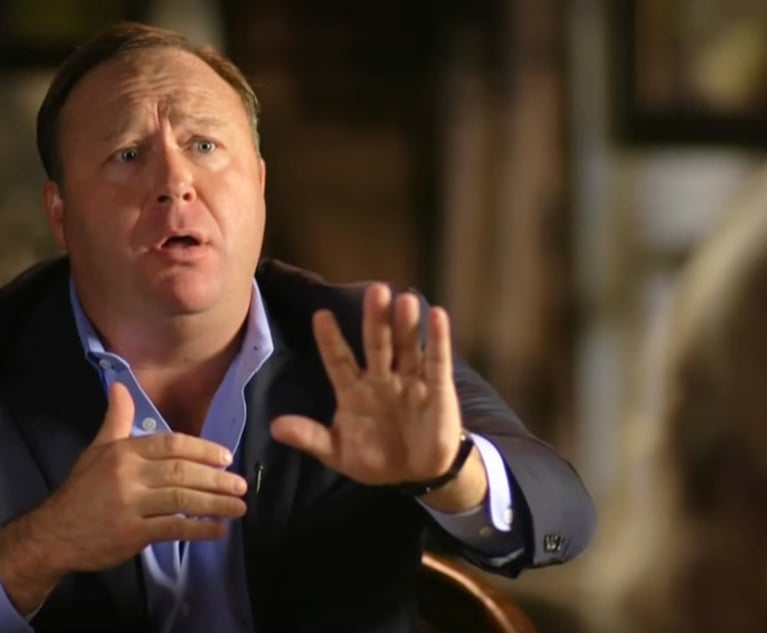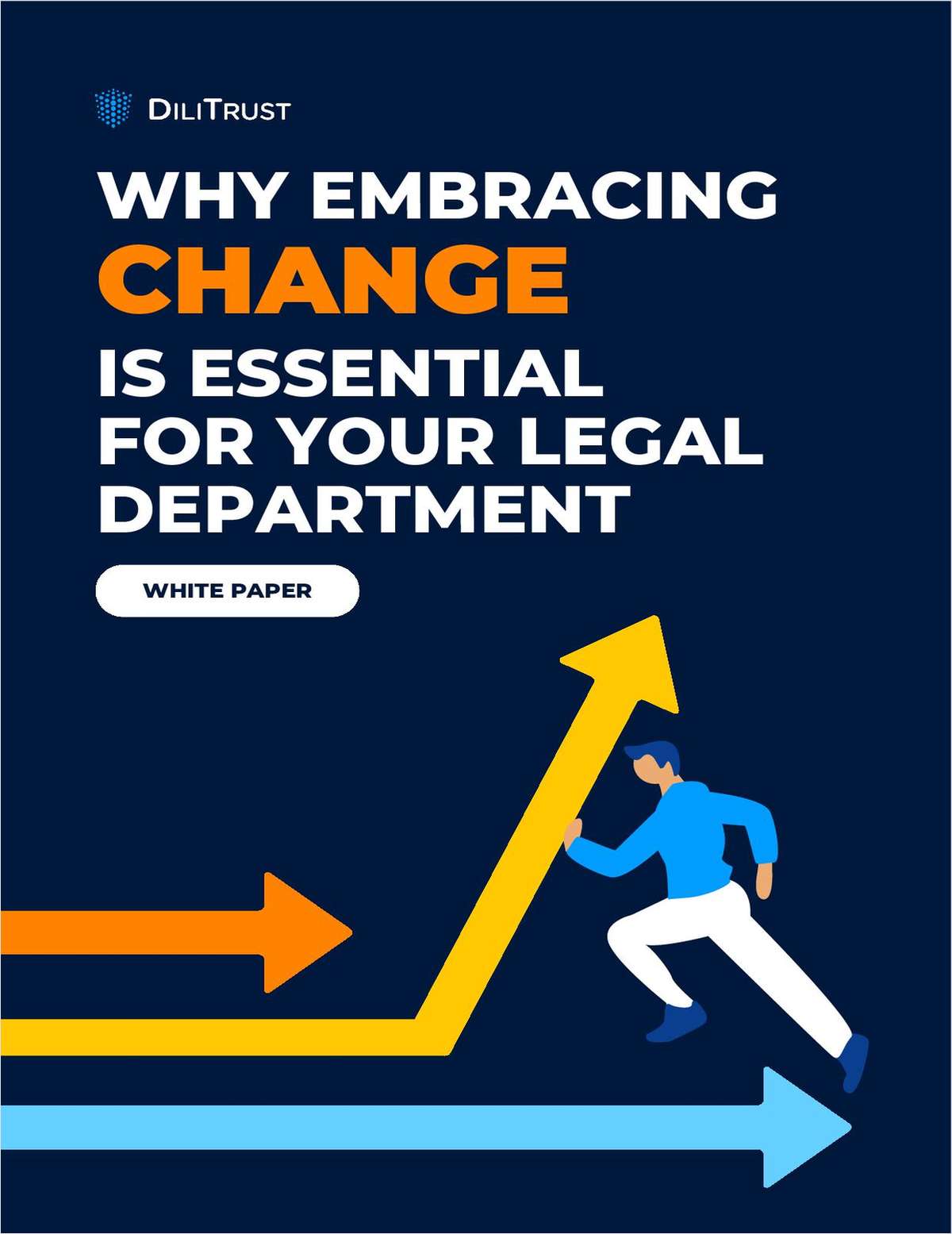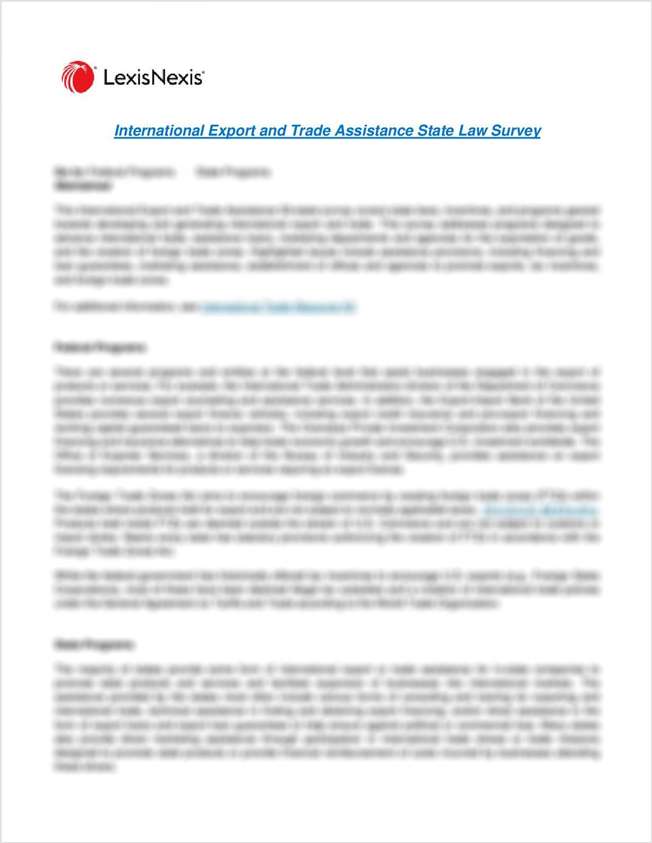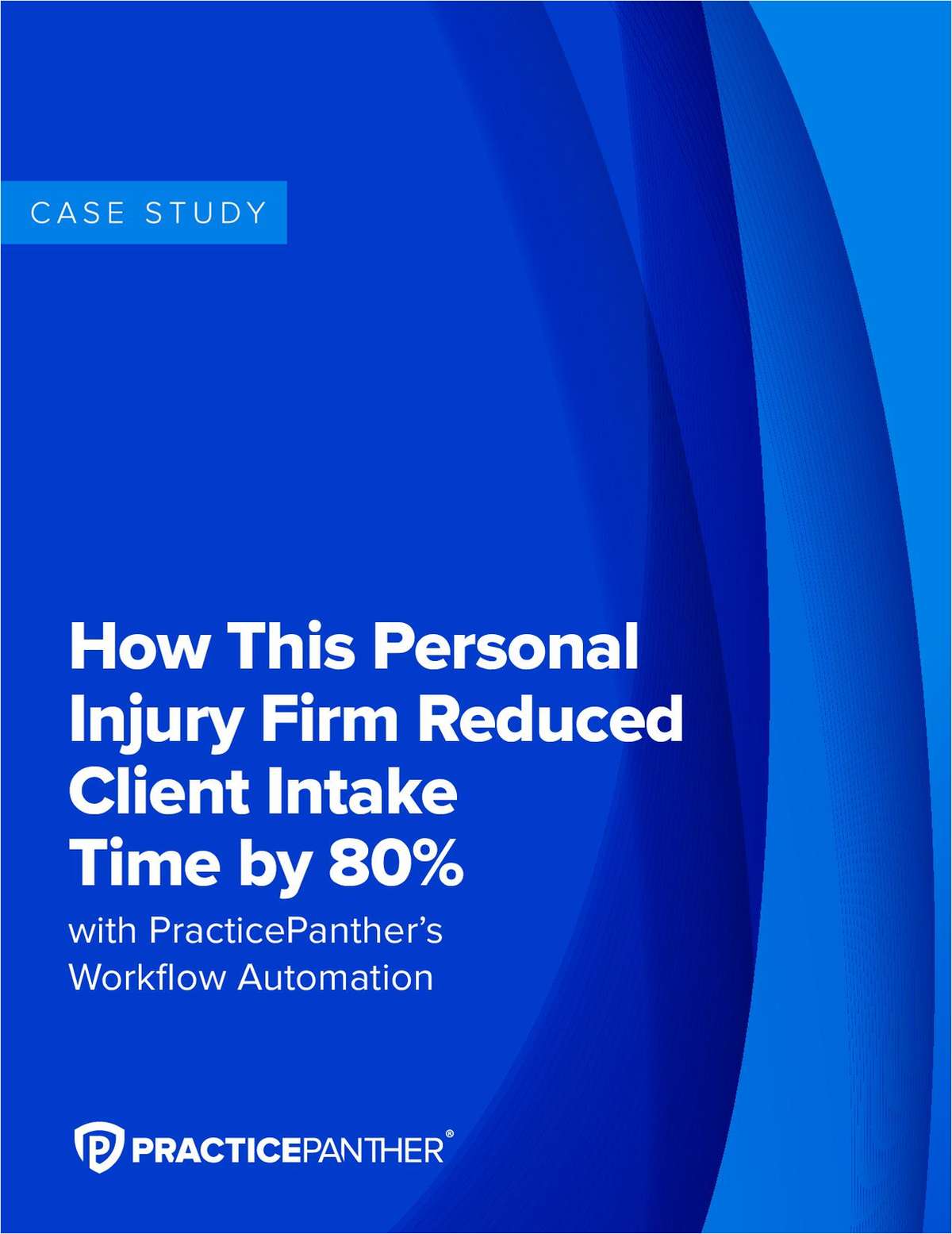 Credit:JHVEPhoto/Adobe Stock
Credit:JHVEPhoto/Adobe Stock The Future Viability of 105(a) Injunctions Following the Supreme Court's Decision In 'Purdue Pharma'
Until now, a successful reorganization assumed the debtor could confirm a plan with nondebtor releases and injunctions based on less than full creditor consensus. Now that nonconsensual releases in Chapter 11 plans are no longer permitted, will debtors have a more difficult time obtaining a 105(a) injunction?
August 15, 2024 at 11:28 AM
12 minute read
What You Need to Know
- The U.S. Supreme Court's recent decision in Purdue Pharma has put an end to the use of permanent plan injunctions in the form of nonconsensual third-party releases as a reorganizational tool in Chapter 11, at least for now.
- What was not addressed by the Supreme Court is the propriety of temporary injunctions that halt third-party litigation pending formulation of a Chapter 11 plan.
- Though the Supreme Court's decision does not preclude bankruptcy courts from granting 105(a) injunctions, it may change how courts assess the "likelihood of a successful reorganization" prong of the injunction analysis.
The U.S. Supreme Court's recent decision in Purdue Pharma has put an end to the use of permanent plan injunctions in the form of nonconsensual third-party releases as a reorganizational tool in Chapter 11, at least for now. What was not addressed by the Supreme Court in Purdue Pharma is the propriety of temporary injunctions that halt third-party litigation pending formulation of a Chapter 11 plan (typically a plan that would contain nonconsensual third-party releases). At the outset of a Chapter 11 case, debtors often seek entry of a preliminary injunction pursuant to Section 105(a) of the Bankruptcy Code extending the automatic stay to and temporarily enjoining litigation against nondebtors. Commonly referred to by bankruptcy practitioners and courts as a "105(a) injunction", this relief is particularly prevalent in cases, like Purdue Pharma, involving multi-party, mass tort litigation where the debtor and certain nondebtors may be co-defendants in prepetition litigation with shared insurance, defenses, evidence and liability.
NOT FOR REPRINT
© 2024 ALM Global, LLC, All Rights Reserved. Request academic re-use from www.copyright.com. All other uses, submit a request to [email protected]. For more information visit Asset & Logo Licensing.
You Might Like
View All
Beyond Bordeaux’s Bankruptcy: A Lesson In Adapting to the Evolving Sports Media Landscape
6 minute read
US Judge Throws Out Sale of Infowars to The Onion. But That's Not the End of the Road for Sandy Hook Families
4 minute read
Cleary vs. White & Case: NY Showdown Over $5 Billion Brazilian Bankruptcy
Law Firms Mentioned
Trending Stories
- 1Call for Nominations: Elite Trial Lawyers 2025
- 2Senate Judiciary Dems Release Report on Supreme Court Ethics
- 3Senate Confirms Last 2 of Biden's California Judicial Nominees
- 4Morrison & Foerster Doles Out Year-End and Special Bonuses, Raises Base Compensation for Associates
- 5Tom Girardi to Surrender to Federal Authorities on Jan. 7
Who Got The Work
Michael G. Bongiorno, Andrew Scott Dulberg and Elizabeth E. Driscoll from Wilmer Cutler Pickering Hale and Dorr have stepped in to represent Symbotic Inc., an A.I.-enabled technology platform that focuses on increasing supply chain efficiency, and other defendants in a pending shareholder derivative lawsuit. The case, filed Oct. 2 in Massachusetts District Court by the Brown Law Firm on behalf of Stephen Austen, accuses certain officers and directors of misleading investors in regard to Symbotic's potential for margin growth by failing to disclose that the company was not equipped to timely deploy its systems or manage expenses through project delays. The case, assigned to U.S. District Judge Nathaniel M. Gorton, is 1:24-cv-12522, Austen v. Cohen et al.
Who Got The Work
Edmund Polubinski and Marie Killmond of Davis Polk & Wardwell have entered appearances for data platform software development company MongoDB and other defendants in a pending shareholder derivative lawsuit. The action, filed Oct. 7 in New York Southern District Court by the Brown Law Firm, accuses the company's directors and/or officers of falsely expressing confidence in the company’s restructuring of its sales incentive plan and downplaying the severity of decreases in its upfront commitments. The case is 1:24-cv-07594, Roy v. Ittycheria et al.
Who Got The Work
Amy O. Bruchs and Kurt F. Ellison of Michael Best & Friedrich have entered appearances for Epic Systems Corp. in a pending employment discrimination lawsuit. The suit was filed Sept. 7 in Wisconsin Western District Court by Levine Eisberner LLC and Siri & Glimstad on behalf of a project manager who claims that he was wrongfully terminated after applying for a religious exemption to the defendant's COVID-19 vaccine mandate. The case, assigned to U.S. Magistrate Judge Anita Marie Boor, is 3:24-cv-00630, Secker, Nathan v. Epic Systems Corporation.
Who Got The Work
David X. Sullivan, Thomas J. Finn and Gregory A. Hall from McCarter & English have entered appearances for Sunrun Installation Services in a pending civil rights lawsuit. The complaint was filed Sept. 4 in Connecticut District Court by attorney Robert M. Berke on behalf of former employee George Edward Steins, who was arrested and charged with employing an unregistered home improvement salesperson. The complaint alleges that had Sunrun informed the Connecticut Department of Consumer Protection that the plaintiff's employment had ended in 2017 and that he no longer held Sunrun's home improvement contractor license, he would not have been hit with charges, which were dismissed in May 2024. The case, assigned to U.S. District Judge Jeffrey A. Meyer, is 3:24-cv-01423, Steins v. Sunrun, Inc. et al.
Who Got The Work
Greenberg Traurig shareholder Joshua L. Raskin has entered an appearance for boohoo.com UK Ltd. in a pending patent infringement lawsuit. The suit, filed Sept. 3 in Texas Eastern District Court by Rozier Hardt McDonough on behalf of Alto Dynamics, asserts five patents related to an online shopping platform. The case, assigned to U.S. District Judge Rodney Gilstrap, is 2:24-cv-00719, Alto Dynamics, LLC v. boohoo.com UK Limited.
Featured Firms
Law Offices of Gary Martin Hays & Associates, P.C.
(470) 294-1674
Law Offices of Mark E. Salomone
(857) 444-6468
Smith & Hassler
(713) 739-1250









